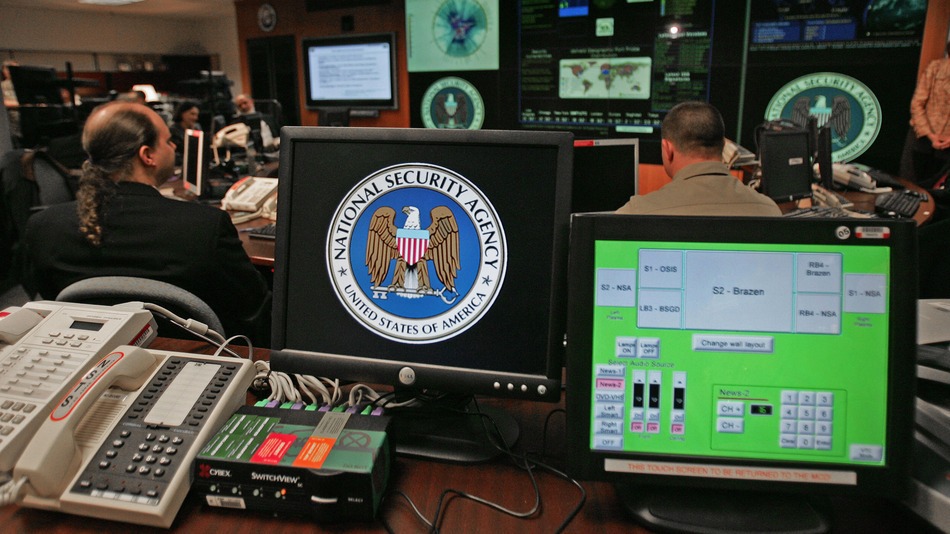NSA ends blanket surveillance program and must now get a court order to obtain your data – kind of
12/01/2015 / By usafeaturesmedia

(Freedom.news) It’s been months in the making, but the National Security Agency has finally ended its daily blanket vacuuming of electronic data under terms of recently-passed legislation, Reuters reported Nov. 27.
The program officially ended Nov. 30, the Obama administration noted. Now, the NSA must first obtain a court order, under provisions of the Fourth Amendment and statutory law, before conducting open-ended electronic surveillance on Americans.
The changes come some 2-and-a-half years after the controversial surveillance program – begun under the Bush administration but continued under the Obama White House – was publicly exposed by former NSA contractor Edward Snowden. The change in policy comes six months after a law was passed by Congress and signed by President Obama rolling back U.S. spying operations after they were greatly expanded following the 9/11 attacks.
Under terms of the Freedom Act, NSA and other federal law enforcement agencies can’t continue blanket collection of telephone calling records in a bid to identify suspicious activity. Those records, known as “metadata,” reveal numbers Americans are calling and what time the calls occurred but not what was said on the call between the two parties.
Now, however, analysts must seek and obtain a court order before requiring telecommunications companies to enable call monitoring of specific people or organizations for as long as six months.
“The act struck a reasonable compromise which allows us to continue to protect the country while implementing various reforms,” National Security Council spokesman Ned Price told reporters.
Some GOP lawmakers have expressed a desire to preserve bulk collection until 2017, citing the recent Paris terrorist attacks led by ISIS in which 130 people were killed. However, any new surveillance methods don’t stand much of a chance of becoming law prior to the 2016 presidential elections.
Reuters noted that a presidential review committee concluded that the metadata collection program did not once lead to a single clear counterterrorism act.
Under provisions of the 1978 Foreign Intelligence Surveillance Act (FISA), U.S. spy agencies are required to obtain a search warrant from the FISA court, a judicial body staffed by federal judges that meets in secret. The FISA court has been criticized by advocates of open government for its lack of transparency, but advocates have argued the court’s secrecy is necessary because it deals with cases involving spying and top secret information.
However, the Bush and Obama administrations, using executive authority, waived that requirement in certain cases, citing national security concerns following the Sept. 11, 2001 terrorist attacks. The Freedom Act, however, countermands those executive actions.
Not everyone is convinced that the law as it stands now will do much to hinder NSA mass surveillance or the executive branch’s authority to order it.
Retired Judge Andrew Napolitano, senior judicial contributor to Fox News, has said the act provides no “savings of civil liberties” and doesn’t really change the “volume or nature” of information the government collects via mass surveillance.
- ‘Like’ Freedom.news on Facebook! Click here
See also:
http://mobile.reuters.com/article/idUSKBN0TG27120151127
http://www.thedailysheeple.com/nsa-puts-an-end-to-mass-surveillance-program-sort-of_112015
Tagged Under: NSA surveillance


















